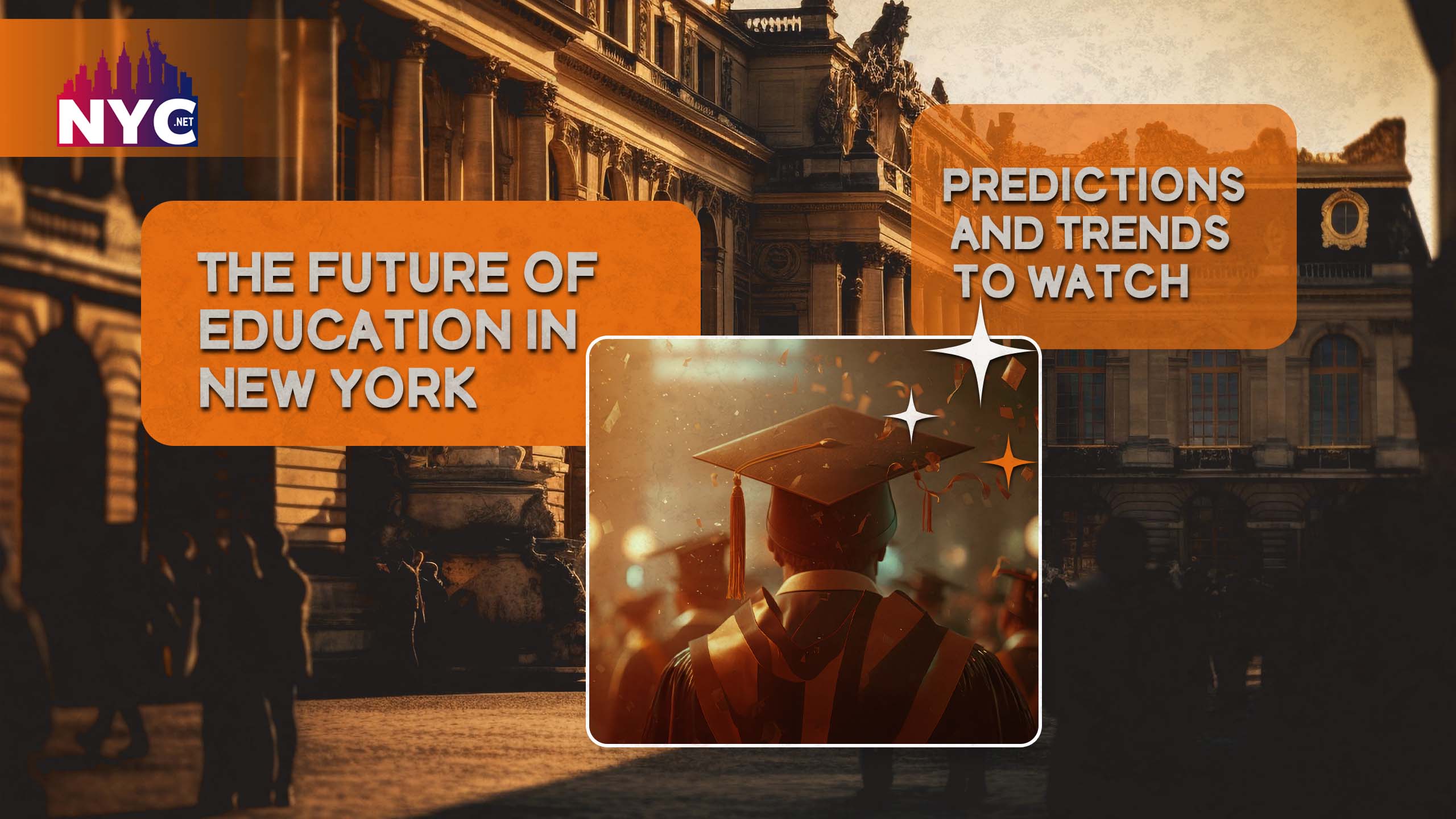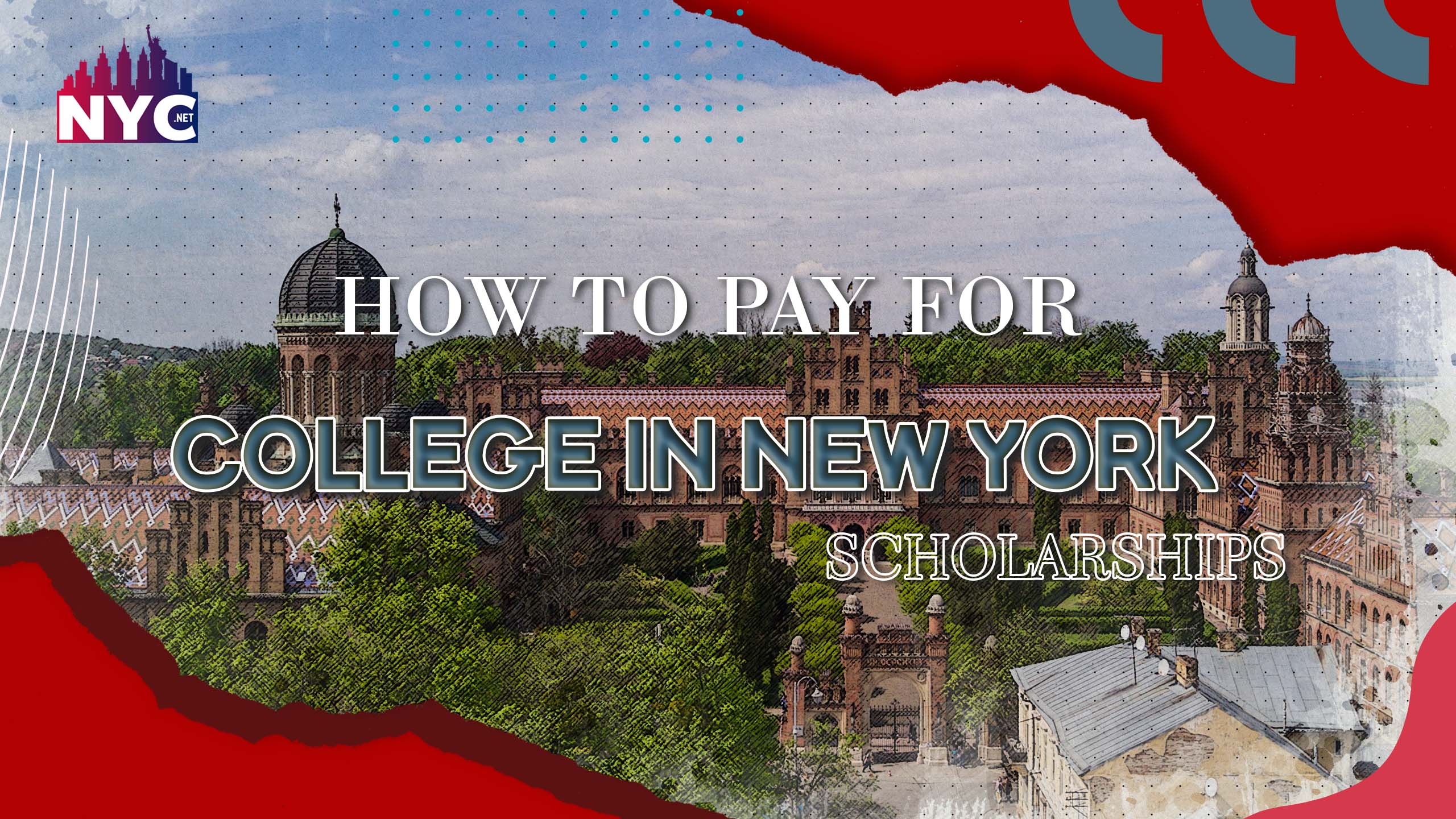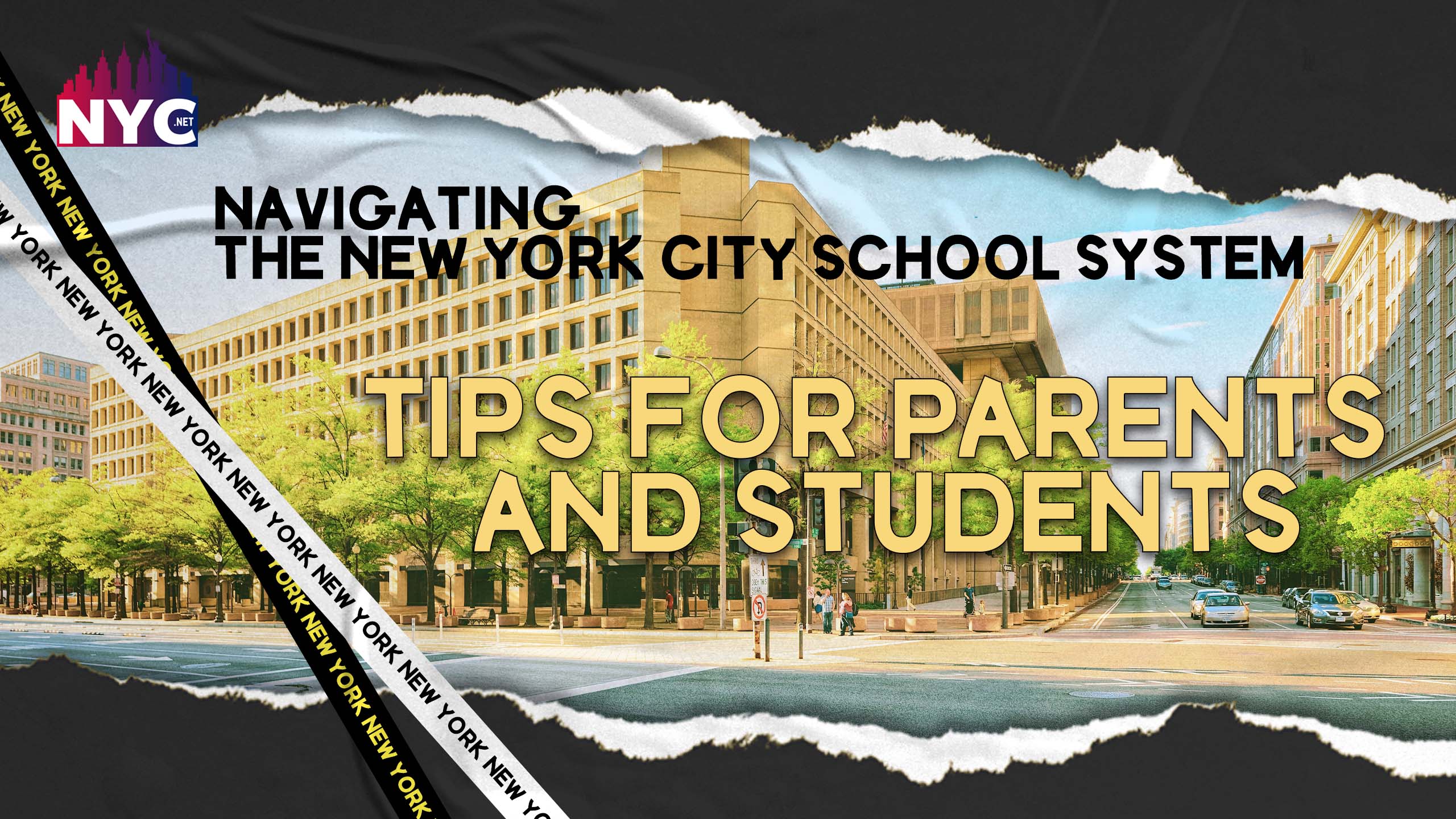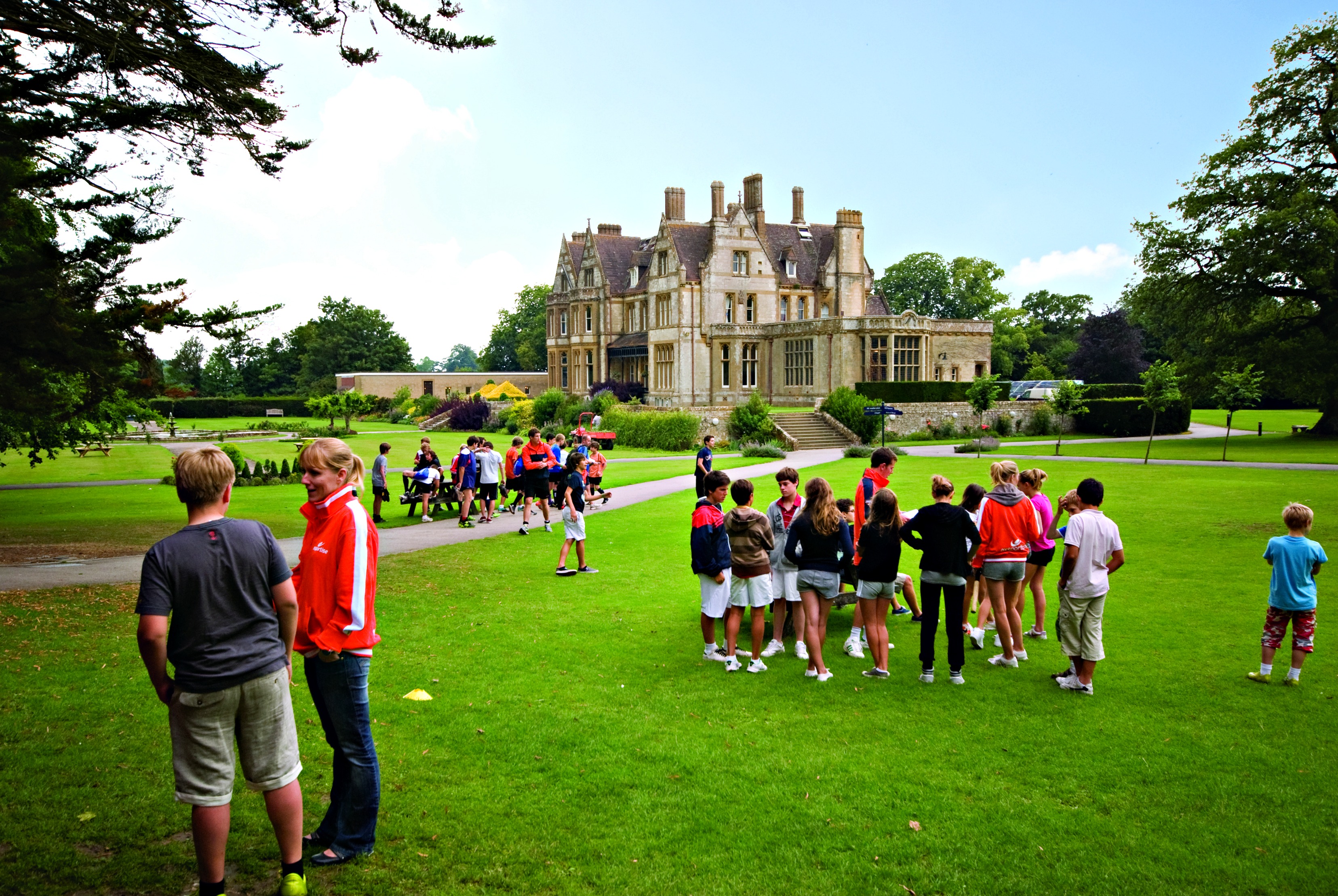
School Chancellor David C. Banks stated Thursday that Schools in New York City’s selective may once again use grades to determine which pupils to enroll. Removing a pandemic-era restriction that had closed the doors to some of the city’s elite and opened classrooms to more low-income children.
Select high schools may additionally select top-performing pupils after asking them to pass more stringent admissions screenings. The broad reform would abolish the obligatory middle school random lottery, a significant departure from the previous administration’s decision to eliminate high-stakes admissions screenings two years ago. Priority for spaces at the city’s elite high schools, where modifications have increased the pool of eligible candidates, will be confined to the top pupils with average grades of A.
Debate on Tightening Admission
This autumn, the topic caused heated disagreement among certain families, notably many Asian-American families, who have been particularly vociferous in claiming that lotteries are denying their children opportunities they have worked hard for. However, black and Hispanic kids remain severely underrepresented in some schools, and some parents anticipated that the previous admissions modifications would be permanent in order to achieve racial integration in a system that has been labelled as one of the most segregated in the country.
Remarks
“Let me be clear: we are not eradicating screens,” Mr. Banks said, adding that the adjustments were influenced by family feedback. “The previous government sought to take away such chances, such as programmes for the exceptional and talented,” he continued. “It is critical that if you study hard and obtain high grades, you do not end yourself in a lottery with everyone else.”
He also stated that the adjustments will enhance access for “groups previously excluded from insulated institutions” while while rewarding hardworking kids academically.
Historically, NYC City has screened more pupils for admission than any other school system in the country. Before the epidemic interrupted many efforts to sort pupils based on academic achievement, around a third of the city’s roughly 900 middle and high schools had some type of admissions criterion.
Reason Behind Tightening Admission
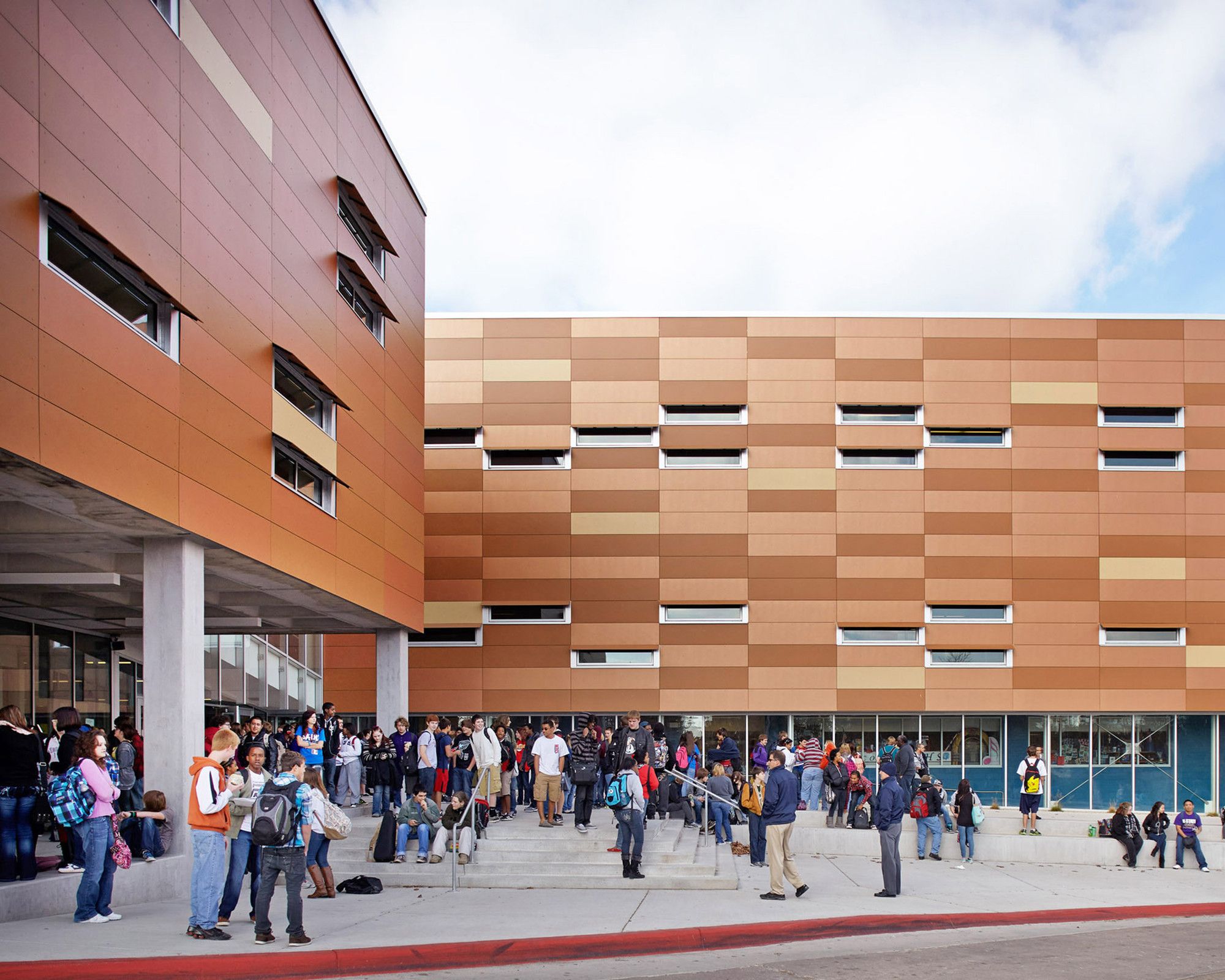
The statement comes as New York City education News authorities face various problems in the aftermath of the epidemic, aggravating a dilemma that past administrations have faced: how to construct more egalitarian schools while preventing middle-class families from giving up on the system.
Many pupils have slipped behind, notably in arithmetic, according to state standardize test results revealed Wednesday, while many Hispanic, black, and low-income students continue to lag significantly behind their white, Asian, and higher-income counterparts. At the same time, the district is dying of thirst: In the last five years, over 120,000 families have deserted regular public schools.
Contradictions
Selective programmes frequently appeal to a wide range of families, but they are more accessible to those with the time and means to negotiate the city’s complicated procedures. Mayor Bill de Blasio, intending to increase inclusivity, abolished or changed certain restricted programmes that serviced a substantial number of wealthy pupils late in his administration. However, these initiatives were frequently greeted with strong opposition.
Mr. Adams frequently claims that urban schools have “betrayed” Black and Latino pupils for a long time. But he made a different calculation: he would preserve selective programmes while creating greater room for youngsters who had previously been excluded.
Mayor Decisions
The mayor increased the number of slots in the city’s gifted and talented courses for elementary school pupils — around 100 for kindergarten students and 1,000 for third-grade students — despite his predecessor’s commitment to phase out the program. He has also shown support for other initiatives, such as expanding or establishing new specialized high school in New York.
“Perhaps they view this as a way to shore up those families who might otherwise leave and persuade them that the system will still serve their children well,” said Aaron Pallas, a professor of education at Columbia University.
Chancellor Banks said district superintendents will consult with school communities to develop final regulations on whether to allow screens again. Diversity measures in areas like southwest Brooklyn’s District 15, which eliminated middle school screens four years ago, are not immediately overturned or terminated.
Remarks
Admissions screens are used by about a fifth of the city’s 400 or so high schools, and they have been permitted to continue to incorporate criteria like grades during the pandemic. However, state exam results were not used, and other modifications meant that students who had Bs were lumped in with those who received As. This meant that around 60% of all applications were given first consideration, and each student’s.Students with an A-average in the top 15% of their school — or citywide — now get preferential seating, but state tests aren’t taken into account.
“This is a benchmark for greatness,” Mr Banks said, adding that he “doesn’t believe the premise” that “Black and Hispanic pupils don’t achieve above 90[1].”
Schools Admissions
School applications will also be available early. Applications for high schools will be available on October 12 and for middle schools on October 26. Offers are also made sooner.
Admission policies for the city’s nine specialist high schools, including Stuyvesant High School, Bronx High School of Science, and Brooklyn Technical High School, have not altered and remain untouched by the epidemic.
Mr. Banks said on Thursday that three new accelerated learning schools will open by fall 2024 in the South Bronx, southeast Queens, and the Brownsville borough of Brooklyn, providing additional local, high-quality alternatives for residents.
First Admission Cycle
After middle schools used a lottery method, municipal officials claimed the most selective programmes frequently witnessed minor improvements in the number of slots for low-income and non-English-speaking children during the first admissions cycle. For example, at the Christa McAuliffe School in Brooklyn, students studying English as a second language received 16% of the options, compared to 5%.
While the difficulties surrounding high schools are more complex, Nyah Berg, executive director of New York Appleseed, an organisation that pushes for integrated schools, believes the approach to middle school admissions is “quite basic.” be.
2nd Cycle
“There could have been a little amount of worry when the break on the displays occurred.” But, after two years, we haven’t heard any horror stories,” Ms. Berg added. She described it as a “tragic miscalculation to back direction on such just progress.”
The integration of select schools has long been seen as the system’s third rail, and Mr de Blasio’s adjustments to admissions in 2020 have gone unnoticed by the public. As the outbreak subsided, the policy grew more divisive.
Before Thursday’s announcement, opposition parent organisations organised en masse, with some pleading with Mr Banks to reinstate the former arrangement and others advocating for permanent screen limitations.
In his own letter, Democratic Senator John Liu, an advocate for selective admissions, stated that 70% of Asian American students received an offer for one of their top five high school choices – a lower percentage than white, Hispanic, and Black students, who earned a top 5 option in 90% of cases.
However, there has been no evidence linking enrollment losses to changes in middle and high school admissions procedures thus far.
“The history of desegregation suggests that the prospect of Brexit lurks over these arguments,” said Stefan Lallinger, a fellow at the left-wing Century Foundation.
Third Cycle
Linda Quarles, a mom of two high school children in Brooklyn, feels that “justice is extremely vital” to the system. She did, however, add that she believes it is important for her children to attend schools where their friends have similar educational aims and aspirations.
Antonia Martinelli, whose daughter started sixth grade this year in District 15, said the admissions process was much less stressful for her eldest son last year.
“It was very painful for him and me to watch,” Ms Martinelli said, adding that her son “broke down in tears” after the decisions were made public and he was denied admission to his preferred institutions. “He internalised it and felt defeated.” I do not desire[2].
Top Schools in Newyork
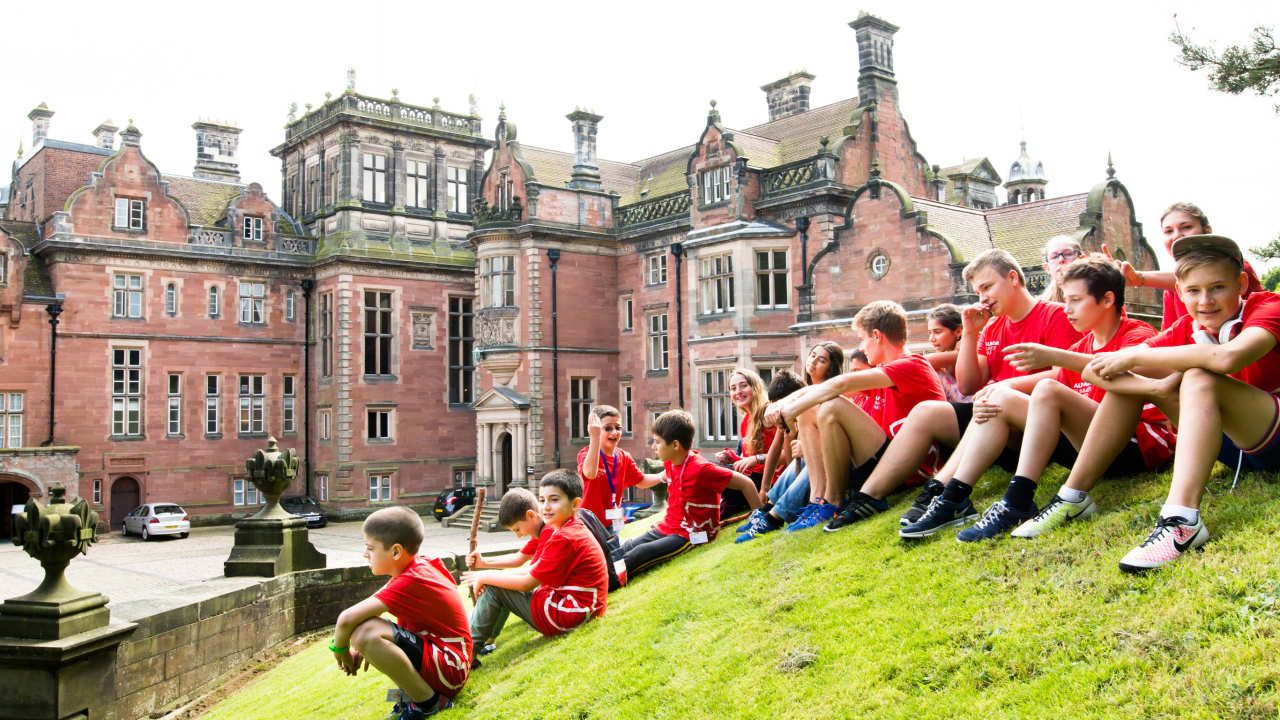
What are the top high schools in New York? U.S. News and World Report has announced its 2021 rankings of over 24,000 public high schools throughout the country, including 1,281 in New York.
Five Central New York schools made the top 100, topped for the third year in a row by New Hartford Senior High School. With a 100% graduation rate and a 59.2 college readiness score, New Hartford was rated 67th in the state.
1. Townsend Harris High School
This sought-after Flushing school attracts determined high achievers from all five boroughs. In 2015, there were 5,996 applicants for 306 freshmen spots. All students take two years of Greek or Latin, with a concentration on the classics. The extensive curriculum aims to foster a command of the humanities as well as a respect for nature, the arts, math, and science.
Every class is honours, AP, or college level. Engineering, law, scientific research, and audiovisual technology are among the vocational and technical education courses available. The structure houses a DNA lab as well as a television studio. Scholarships do research at Queens College, New York University, and the Rockefeller University. Seniors at Queens College obtain tuition-free credits and enjoy access to the campus gym, library, and cafeteria. There are about 25 organisations, 32 sports teams, and many academic groups at the institution.
The Steel Hawks robotics team has received accolades in global championship tournaments, and the school earned first place in the 2016 and 2015 NYC Science Olympiads. Every year, the children go on two international tours.
Facts and Figures
- Admission: Open to all New York City residents; grades 92-100; state exams: Levels 3.6-4.5; attendance
- 1,132 students are enrolled.
- 100% of students graduate.
- 100% college-ready
- 100% of students attend college.
- SAT participation rate: 97.1
- 1981 was the year with the highest average overall SAT score.
- # AP exam takers: 309
- 90.3% of AP exams are passed.
2. High School Eleanor Roosevelt
- Admission: District 2 preference; grades 91-100; state exams: Levels 3.3-4.5; attendance
- 541 students are enrolled.
- 100% of students graduate.
- 99.2% are college-ready.
- 95.3% of students attend college.
- % of SAT takers: 86
- The average total SAT score is 1889.
- # AP exam takers: 111
- 91% of AP exams are passed.
The prestigious Upper East Side school values community involvement in addition to academics. In 2015, it received 5,582 applications for its 125 freshmen spots. 11 AP programmes are available, as well as a college English class taught in collaboration with St. John’s University and a variety of science, technology, engineering, and mathematics (STEM) and arts subjects. Beginning this year, all students in 10th grade can take AP World History and AP US History. All four years, science and math are necessary.
ElRo is home to the city’s lone high school team partaking in the yearly Canstruction tournament. Students work with expert architects and engineers to gather hundreds of cans of food, utilise them to make massive art installations, and then give them to a food pantry.ElRo Sibs is a peer leadership initiative that matches seniors with ninth and tenth pupils for mentorship. There are 30 clubs and 16 PSAL sports to choose from, including a brand new indoor track squad. In 2016, the remodelled music room provided 200 square feet of instructional space.
3. New Scientific, Technological, and Math Explorations
- Manhattan, 111 Columbia St.
- Admission: Continued 8th pupils have priority; grades 83-100; state exams: Levels 2.7-4.5; attendance; on-site test
- 1,735 students are enrolled.
- 97.5% of students graduate.
- 96.7% are college-ready.
- 82.3% of students attend college.
- % of SAT takers: 91
- The average total SAT score is 1859.
- # AP exam takers: 116
- The AP pass rate is 85.3%.
NEST+m, the city’s first K-12 gifted school, provides AP classes beginning in ninth grade as well as accelerated math and scientific programmes. Students must make a special request for testing, and competition for the 160 freshmen places is high – 3,097 students applied last year. Electives include digital storytelling, mythology, and gymnastics, as well as Mandarin, Latin, Spanish, Italian, and French language classes.
The school includes several activities, such as robotics and chess, as well as sports like as fencing and track, as well as internship possibilities in science and the arts at local institutions. A new student-curated Open Mic series highlights children’s musical, poetic, comedy, and theatre abilities.
4. International Baccalaureate School for Global Education
- Admission: Continued 8th pupils have priority; grades 90-100; state exams: Levels 3.1-4.5; attendance
- 478 students are enrolled.
- 100% of students graduate.
- 98.5% are college-ready.
- Enrollment at colleges: 98.4 percent
- % of SAT takers: 98.5%
- The average total SAT score is 1881.
This 7-12 Astoria school, with a laid-back vibe but an ambitious aim, guides students toward the coveted International Baccalaureate degree in a light-filled facility that was originally a purse factory.
Juniors and seniors sit for IB examinations to earn college credits in experimental sciences, arithmetic, foreign language (Mandarin, Spanish, or French), global literature, history, and art[3].
In grades seven through ten, 100 hours of community service are required, while in grades eleven and twelve, 150 hours of “creativity, action, or service” are required. Students write a 4,000-word essay on whatever topic they want, from “How to Make a Thermoelectric Cooler” to “Writing Fiction Stories.”
There is no gym, but there is a fitness area and a yoga/dance studio on-site. Juniors and seniors are free to leave for lunch.
Conclusion
Finally, U.S. News collaborated with RTI International, a global research institute, to rank schools based on a variety of criteria, including college readiness (12th graders with a qualifying scoring system on at least one AP or IB exam), math and reading competency, math and reading achievement, underprivileged student performance, college curriculum broadness, and completion rates. The data utilized is from the 2018-2019 school year and was thus unaffected by the Covid-19 epidemic.
FAQs
-
What is New York City’s most renowned private school?
Trinity College, the best private high schools in New York ranked first.
- What is the most prestigious high school in New York City?
- Stuyvesant High School
- High School Math Science and Engineering at CCNY
- Townsend Harris High School.
- Middlesex County Academy for Science, Mathematics, and Engineering Technologies
- Queens High School for the Sciences at York College
- What is the most prestigious school in the United States?
Andover Phillips Academy. The Phillips Andover Academy is highly regarded for generating graduates who are admitted into the country’s most prestigious academic programs.
References
[1] Leonard Parker, 2022, In a reversal, NYC is tightening admissions to some top schools by localnewstoday[https://localtoday.news/us/in-a-reversal-nyc-is-tightening-admissions-to-some-top-schools-113295.html]
[2] Troy Closson, 2022, Newyork School Tightening Admissions by Nytimes[https://www.nytimes.com/2022/09/29/nyregion/nyc-schools-admissions.html]
[3] By Mary Kay Linge and Joshua Tanzer, 2021, top 40 public high schools in NYC by nypost[https://nypost.com/2016/09/17/the-top-40-public-high-schools-in-nyc/]
